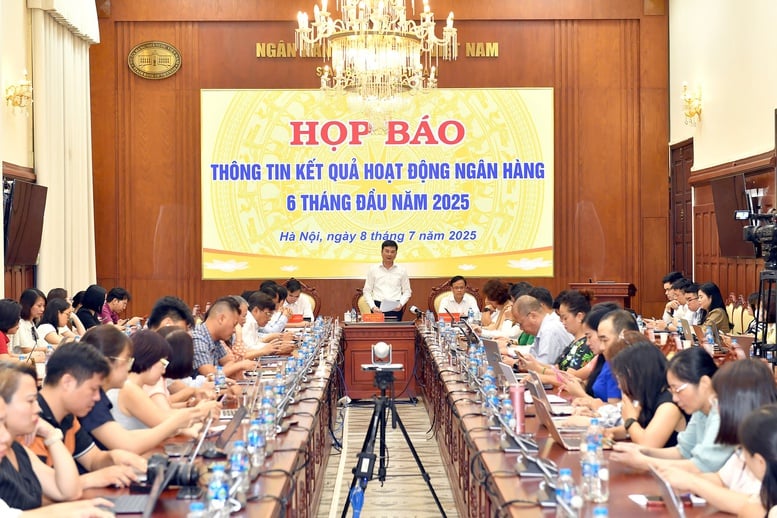
Press conference on banking performance results for the first 6 months of 2025 - Photo: VGP/HT
Credit increased by nearly 10%, focusing on the core
At the press conference on the results of banking activities in the first 6 months of 2025, on July 8, in Hanoi, Deputy Governor of the State Bank of Vietnam Pham Thanh Ha said that by the end of June 2025, credit in the whole economy reached more than 17.2 million billion VND, an increase of 9.9% compared to the end of 2024 - a remarkable increase.
Special credit programs continue to be effectively implemented, including: VND 145,000 billion for loans for social housing, workers, and renovation of old apartments; VND 500,000 billion for credit investment in infrastructure and digital technology ; VND 100,000 billion for agriculture, forestry, and fisheries.
Credit structure shifted in a positive direction. Agricultural and rural credit increased by 5.31%, accounting for 23.16% of total outstanding debt. Credit for small and medium enterprises increased by 5.71%, accounting for 17.51% of total outstanding debt. Export credit increased by 2.91%; supporting industry increased by 15.69%.
Notably, credit for high-tech enterprises increased sharply by 17.59%, reflecting the right direction in economic restructuring.
Thus, by the end of June, credit across the system had increased by nearly 10% compared to the end of 2024, nearly 2.5 times higher than the same period last year.
"The State Bank of Vietnam has reviewed and adjusted credit policies in a practical direction, strongly implemented policy credit programs and connected banks and businesses," said Mr. Nguyen Xuan Bac, Deputy Director of the Department of Credit for Economic Sectors (SBV).
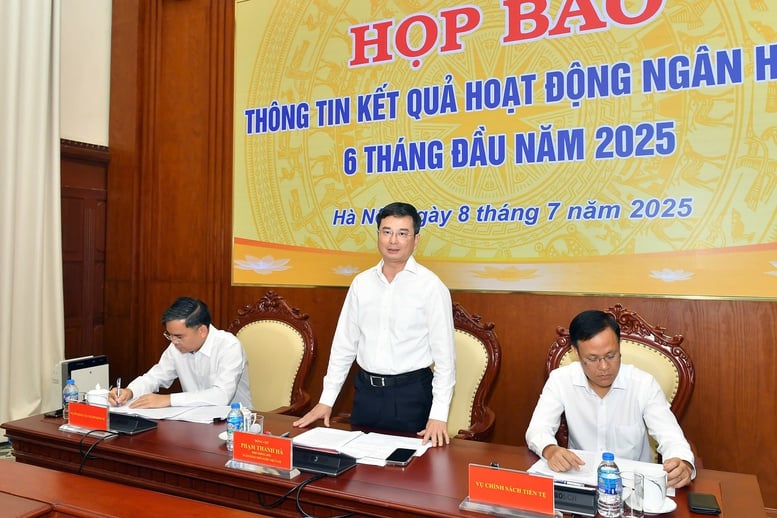
Deputy Governor of the State Bank of Vietnam Pham Thanh Ha exchanges information at a press conference - Photo: VGP/HT
Proactive management, flexible tools
According to the SBV leader, in the first months of 2025, the global economy witnessed many unpredictable fluctuations. Economic growth slowed down due to the combined impact of rapidly changing tariff policies, geopolitical tensions and unresolved inflationary pressures. Notably, on July 8, Vietnam time, the US announced a 25-40% tax on goods from 14 countries, effective from August 1, and warned that it would increase taxes if these countries retaliated. This move shows that the world's financial and monetary environment still has many uncertainties, affecting the management of interest rates, exchange rates and monetary policies of countries, including Vietnam.
In that context, the State Bank of Vietnam (SBV) has proactively closely monitored the macroeconomic situation and the domestic and international financial and monetary markets.
On that basis, the executive agency has developed flexible scenarios, implemented monetary policy proactively and effectively, and closely coordinated with fiscal policy, ensuring the goal of macroeconomic stability and inflation control, while supporting growth to reach the target of 8% in 2025.
In the first 6 months of 2025, the State Bank of Vietnam will continue to maintain a reasonable loose monetary policy to support economic recovery. Specifically, open market instruments will be flexibly operated according to market signals. The State Bank of Vietnam will maintain operating interest rates, helping credit institutions (CIs) access capital at low costs, creating favorable conditions to support businesses and people.
In addition, the State Bank of Vietnam requires credit institutions to continue to reduce costs, promote digital transformation and technological solutions to reduce lending rates. Thereby, contributing to increasing access to capital for the economy.
Regarding exchange rates and the foreign exchange market, the State Bank flexibly operates according to market signals, combining the use of appropriate monetary policy tools to stabilize the foreign exchange market, contributing to controlling inflation. The VND exchange rate fluctuates within the permitted range, reflecting foreign currency supply and demand and domestic macroeconomic factors. The legitimate foreign currency needs of the economy continue to be fully and promptly met.
High growth in cashless payments
Mr. Le Anh Dung, currently Deputy Director of the Payment Department, State Bank of Vietnam (SBV), said that in the first 5 months of the year, non-cash payment transactions increased by 45.44% in quantity and 25.21% in value compared to the same period.
In particular, transactions via QR codes increased by 76.62% in quantity and 179.14% in value. Transactions via mobile phones and the Internet also recorded impressive growth.
In addition, the banking sector has effectively coordinated with the Ministry of Public Security in implementing Project 06, contributing to the development of a digital economy, digital society and digital government. Electronic payment and digital finance initiatives have been bringing practical benefits, promoting the strong spread of modern banking services.
Adjust credit growth targets flexibly, closely following the market
Regarding the management orientation in the last 6 months of the year, Deputy Governor of the State Bank of Vietnam Pham Thanh Ha affirmed: The State Bank of Vietnam will continue to operate monetary policy in a proactive, flexible, timely manner, closely coordinating with fiscal policy; closely monitor international market developments, and manage exchange rates appropriately, contributing to macroeconomic stability.
The State Bank of Vietnam will continue to promote credit with a focus on production and business, limit risky credit; strengthen digital transformation, effectively implement Project 06 and decrees related to e-commerce...
"Credit will continue to be adjusted in accordance with the economy's capital absorption capacity, ensuring system safety, supporting priority sectors, and at the same time harmonizing liquidity, interest rates and exchange rates at each specific time," Deputy Governor Pham Thanh Ha emphasized.
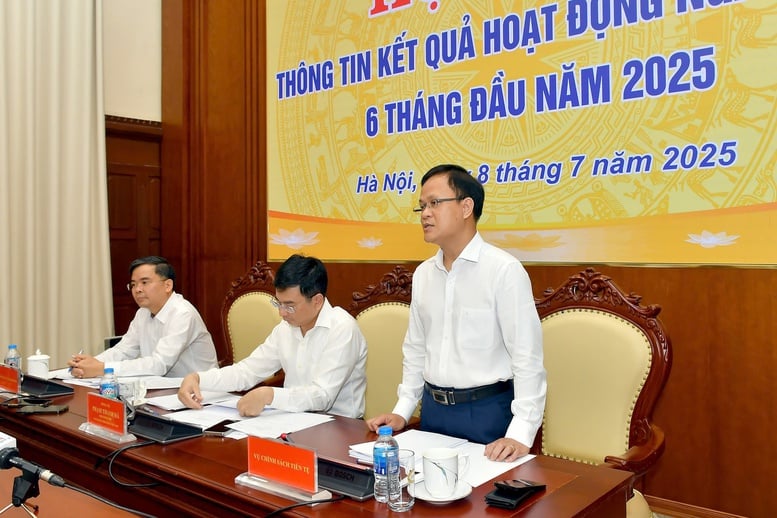
Mr. Pham Chi Quang, Director of Monetary Policy Department (SBV) - Photo: VGP/HT
Regarding the credit growth outlook, Mr. Pham Chi Quang, Director of the Monetary Policy Department (SBV) further analyzed: To achieve the credit growth target of 16% or higher in 2025, the SBV has carefully analyzed policy response factors and forecasted this year's inflation in the range of 4.5-5%. On that basis, the SBV assessed that there is still room to promote credit growth from now until the end of the year.
Although credit has increased sharply and in the right direction, the State Bank of Vietnam still notes that it cannot be subjective with the risk of inflation and will continue to closely monitor price developments, thereby making timely adjustments.
"In case inflation remains under control, credit continues to expand healthily, credit quality and bad debt are effectively controlled, the State Bank will consider adjusting the credit limit (room) appropriately in 2025 to support economic growth," said Mr. Pham Chi Quang.
Another key task is to restructure credit institutions in conjunction with handling bad debts. SBV leaders said that the SBV will continue to implement the restructuring project for the 2021-2025 period. The financial capacity and risk management of credit institutions will be improved, moving towards international standards.
Notably, at the 9th session of the 15th National Assembly, the Law amending and supplementing a number of articles of the Law on Credit Institutions was passed. In particular, the provisions on bad debt handling under Resolution 42 were legalized, creating a clear and synchronous legal corridor. This is an important basis for effectively handling secured assets, supporting credit institutions in handling difficulties in the debt collection process.
Huy Thang
Source: https://baochinhphu.vn/tin-dung-tang-cao-nhat-trong-nhieu-nam-tap-trung-vao-dong-luc-tang-truong-10225070812453353.htm



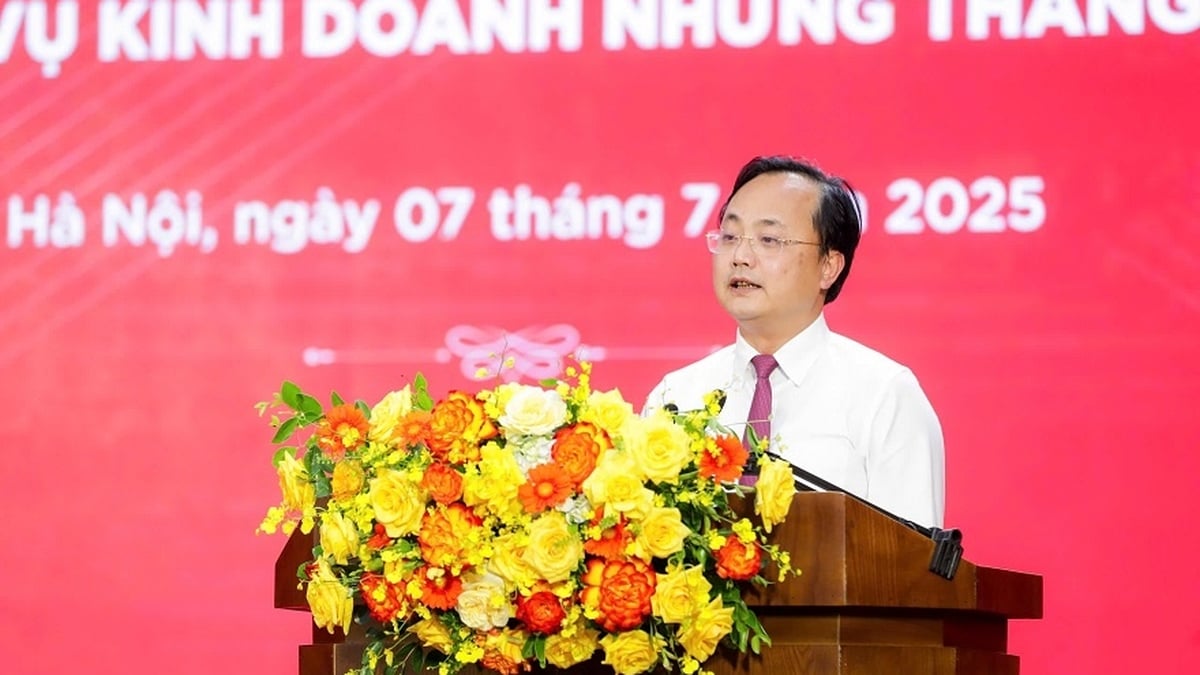

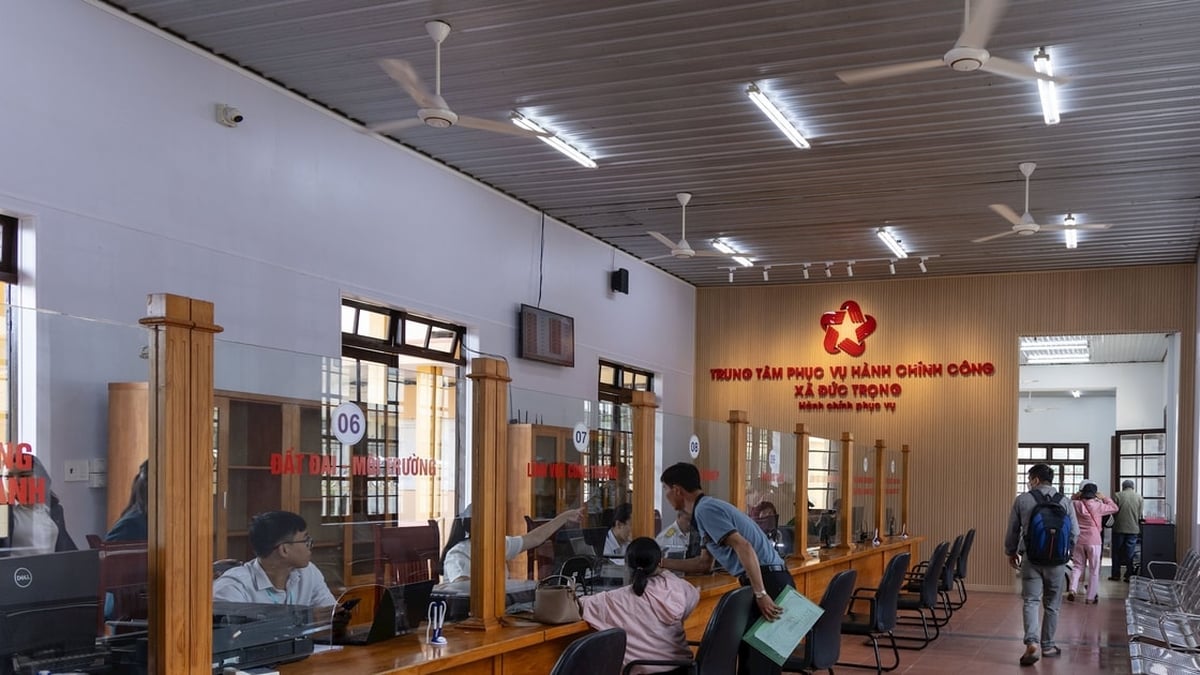
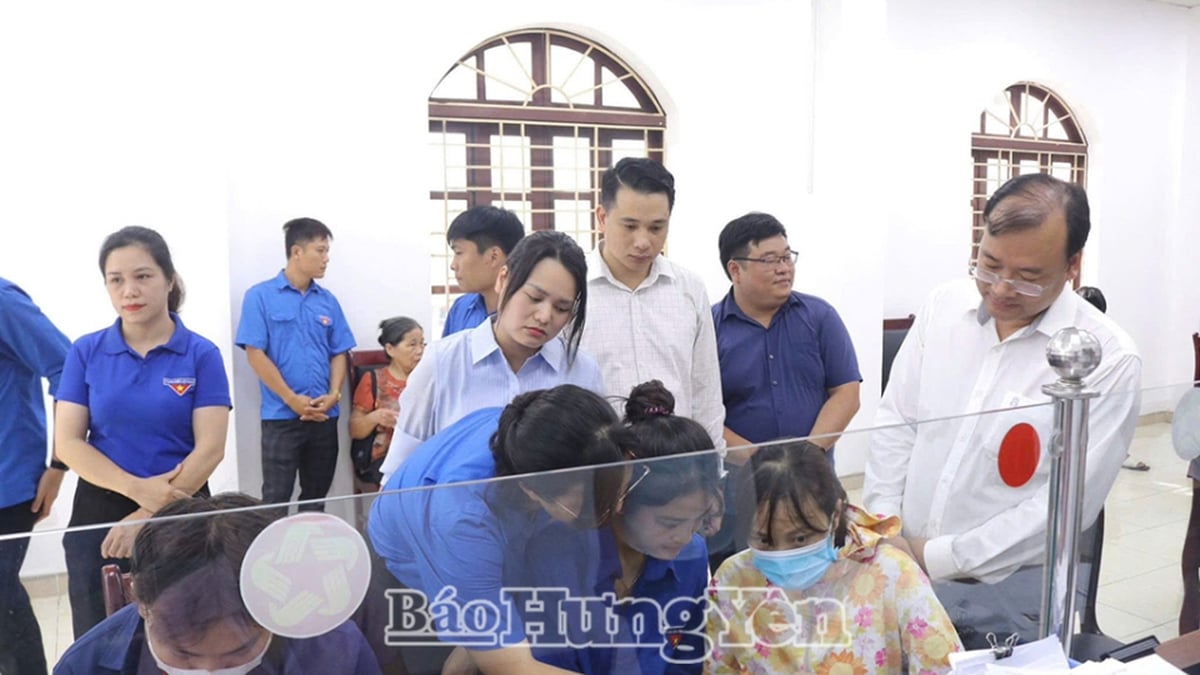



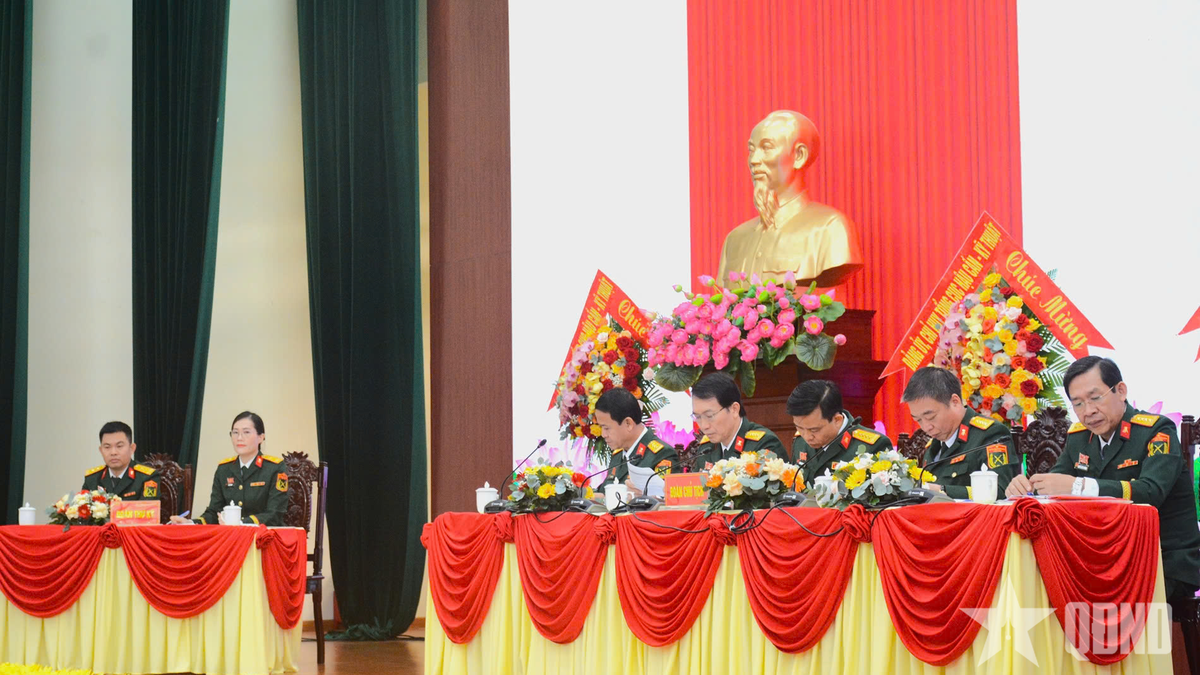
![[Podcast] No need to change passport or citizen identification when administrative boundaries change](https://vphoto.vietnam.vn/thumb/1200x675/vietnam/resource/IMAGE/2025/7/9/dfcd127b84b24a19a031801698c9a51f)










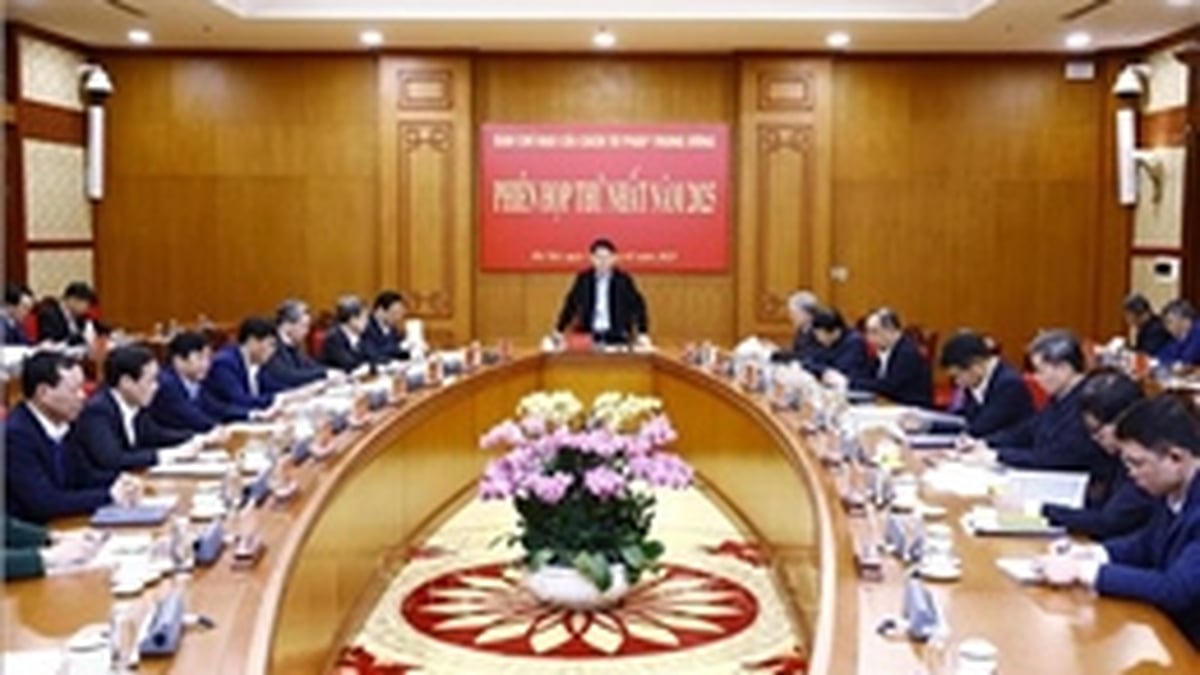





























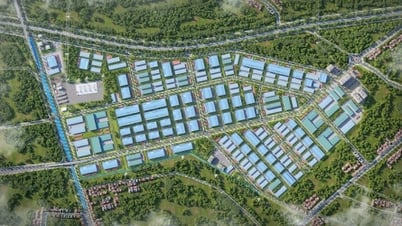






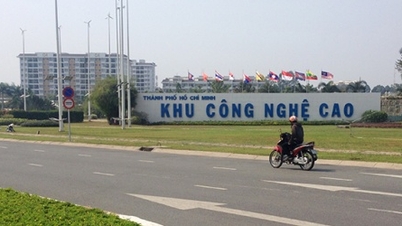


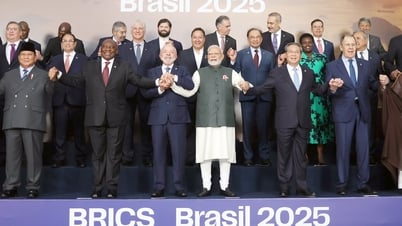

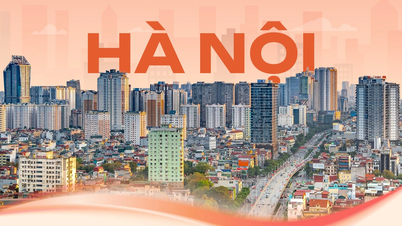





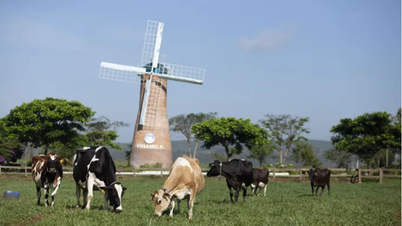














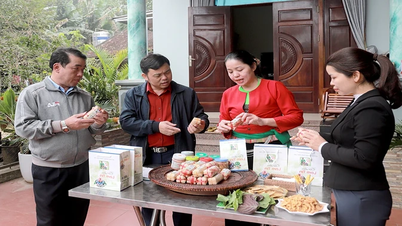












Comment (0)